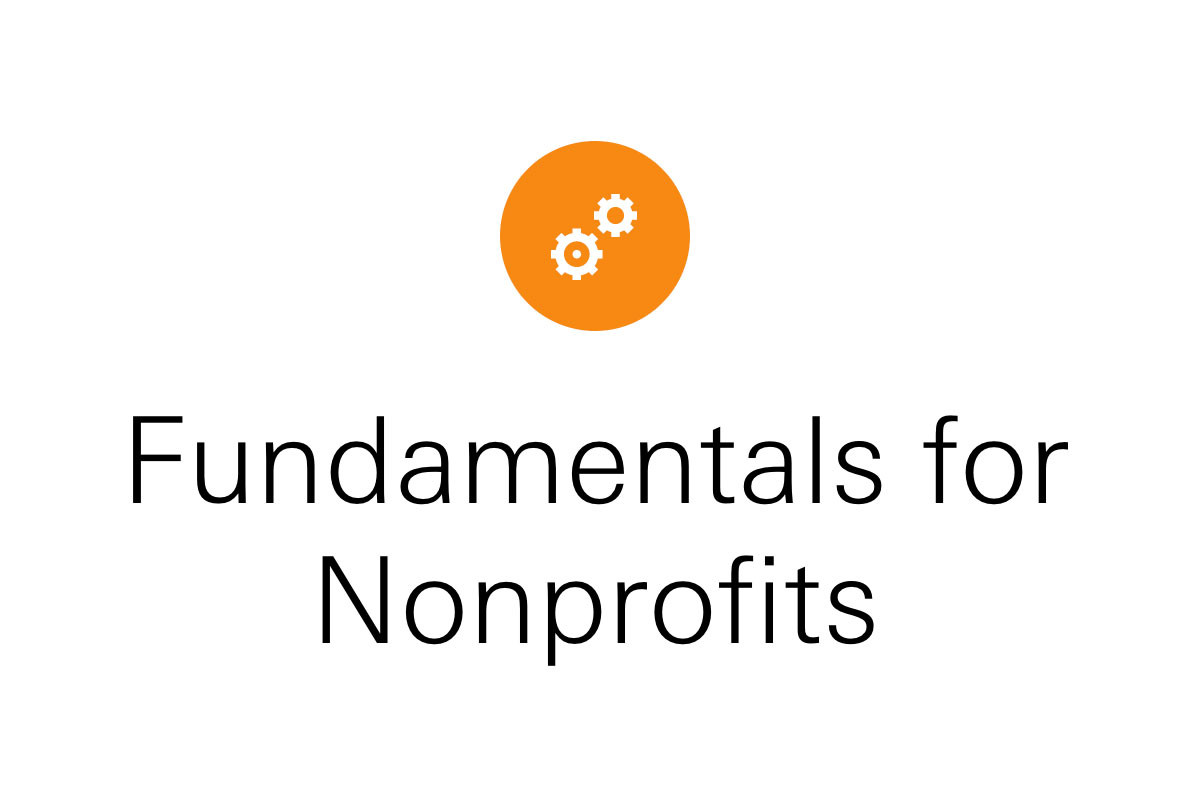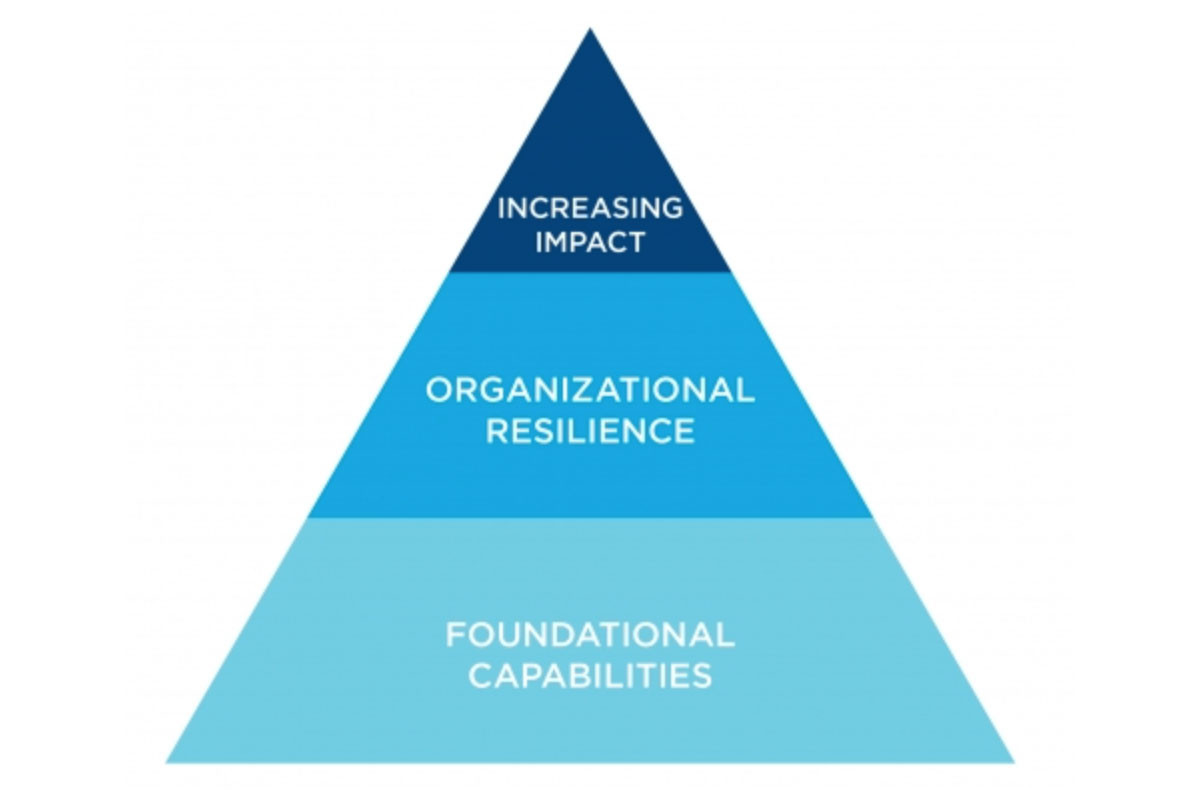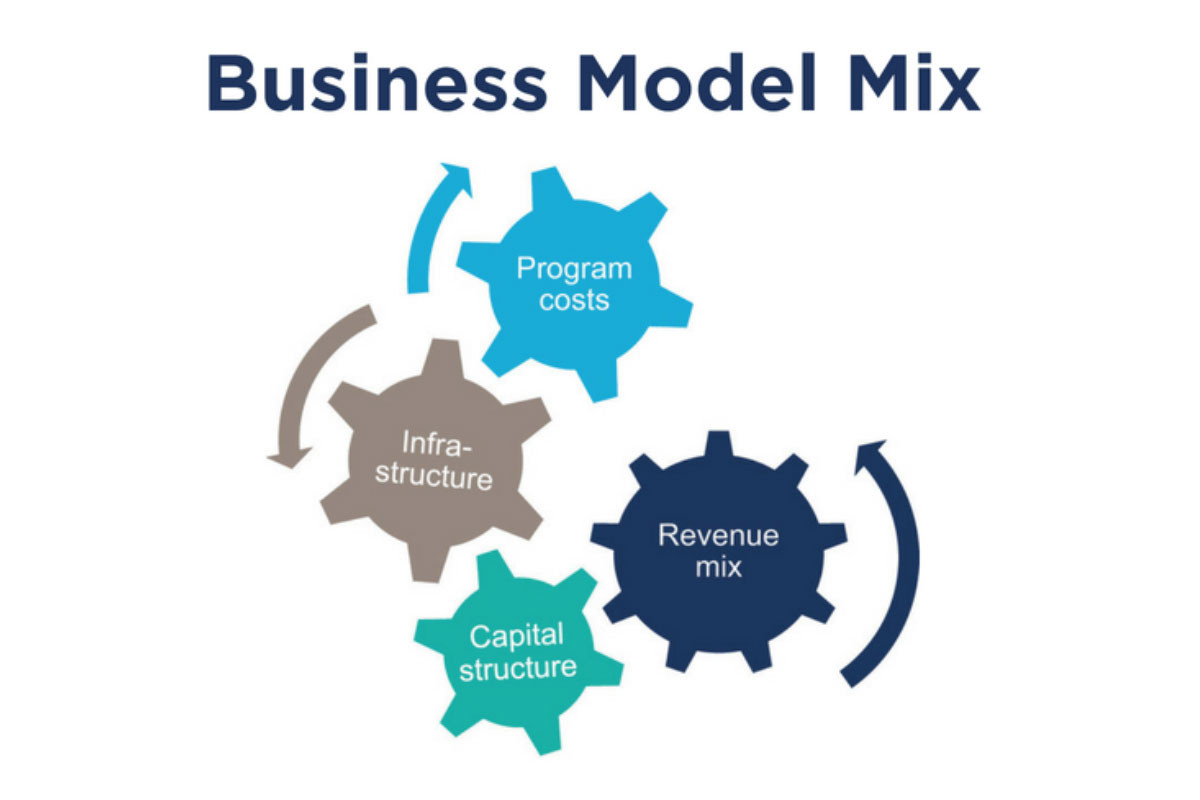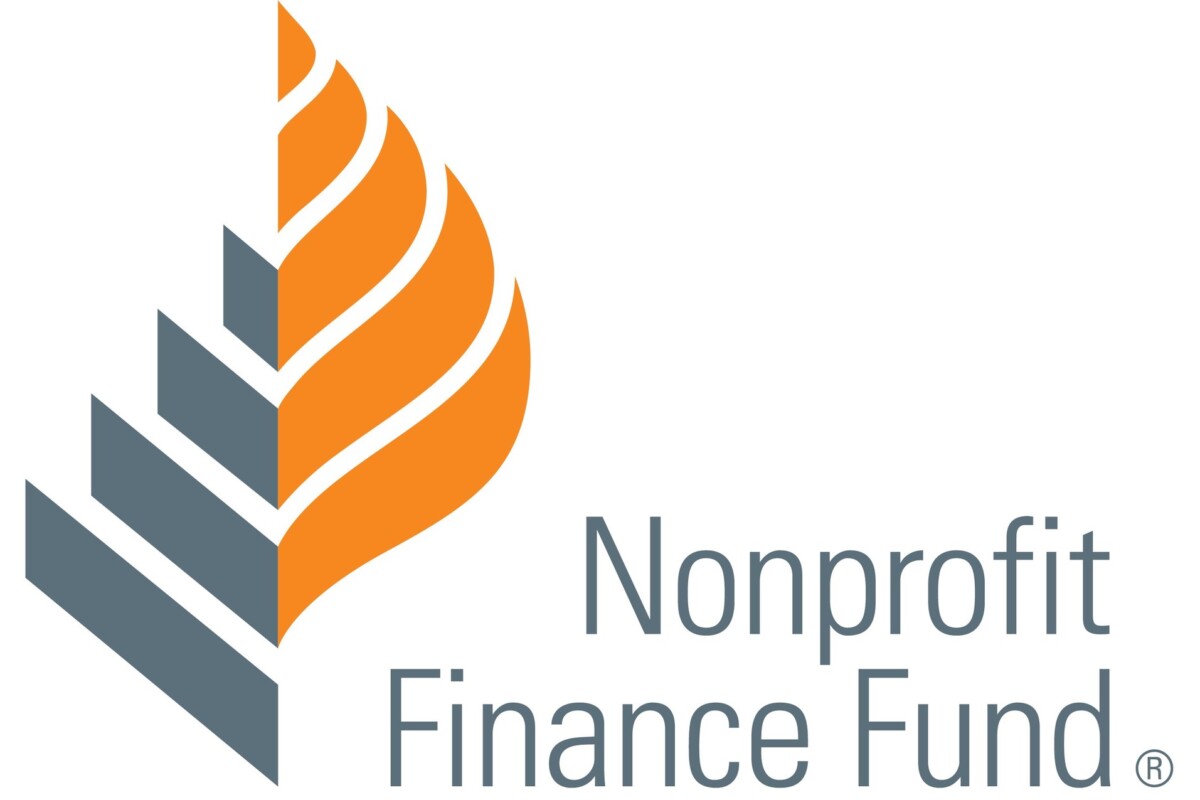
1
We Create Strategic Budgets that Fully Fund Our Work.
Aligned with our strategic priorities, we create and manage transparent, realistic budgets. We develop processes and policies that enable us to incorporate all necessary costs and investments, justify each expense, identify cost-saving opportunities, and pursue predictable long-term revenue sources that are diversified. Our budget is built from the individual budgets for each key function of our organization, inclusive of not just programs but also the operations required to maintain a healthy, functioning organization.
Nonprofits
- Budgets reflect strategic priorities that are informed by the communities served.
- Budget process and policies ensure incorporation of all necessary expenses and investments, and identification of cost-saving opportunities.
- Budgets demonstrate pursuit of diversified, long-term, predictable funding. Note that the purpose of diversified funding is to build financial stability with more funders and to mitigate the risk of depending on only one or a small number, but there is no ideal number – diversification, renewable funding, and multi-year commitments are three ways to work towards sufficient and reliable funding.
- Budgets are built from and inclusive of each key function of the organization and include projections for both programs and the operations required to maintain organizational health.
“There is no ‘right’ business model or balance sheet, other than the one that contributes to an organization’s ability to manage the unexpected, adapt to changing circumstances, and pursue mission imperatives.”
— Nonprofit Finance Fund’s Top Indicators of Nonprofit Financial Health
Myth
Abandon the overhead myth. Evaluating and restricting a non-profit’s “overhead” expenses creates a starvation cycle and bleeds the organization and the sector of funds that are absolutely necessary for a thriving business, core operations, productive employees, and meaningful impact.
Reality
100% of every dollar goes to impact.
Funders
- Learn about the financial strengths and challenges of the organizations, and encourage budgets that reflect strategic priorities and all necessary costs of doing business.
- Provide multi-year funding where possible and engage in conversations about opportunities to foster diversified, long-term, predictable funding+, helping nonprofits find and connect with other resources where possible.
- Provide unrestricted general operating support that enables nonprofits to cover all necessary costs for key functions, including not just programs but also core operations that are necessary to advance programs. Core operations include: financial management, human resources, communications, development, planning and evaluation, and equity and inclusion work (operationalized as training and development, equity audits, and actions like pay equity adjustments and centering voices of those served in program development).
- Decrease the application and reporting burden on nonprofits, freeing up their resources to focus on carrying out their mission, by simplifying and streamlining application and reporting requirements and by accepting applications and reports prepared for other funders.
+ Corporate and government funders may have different constraints on the ability to provide multi-year funding, but consider options that can support the stability of organizations and encourage strategic investments to meet emerging needs. https://trustbasedphilanthropy.org/multi-year-unrestricted-funding
CORE OPERATIONS COSTS
In discussion sessions, nonprofit leaders noted what they saw as problematic assumptions about the myth of overhead costs and their perception that funders are unwilling to pay for essential and priority core operations costs (including planning, equity and inclusion work, talent investment, communications, evaluation), despite national discourse and agreement on the importance of full-cost budgeting and funding.


















